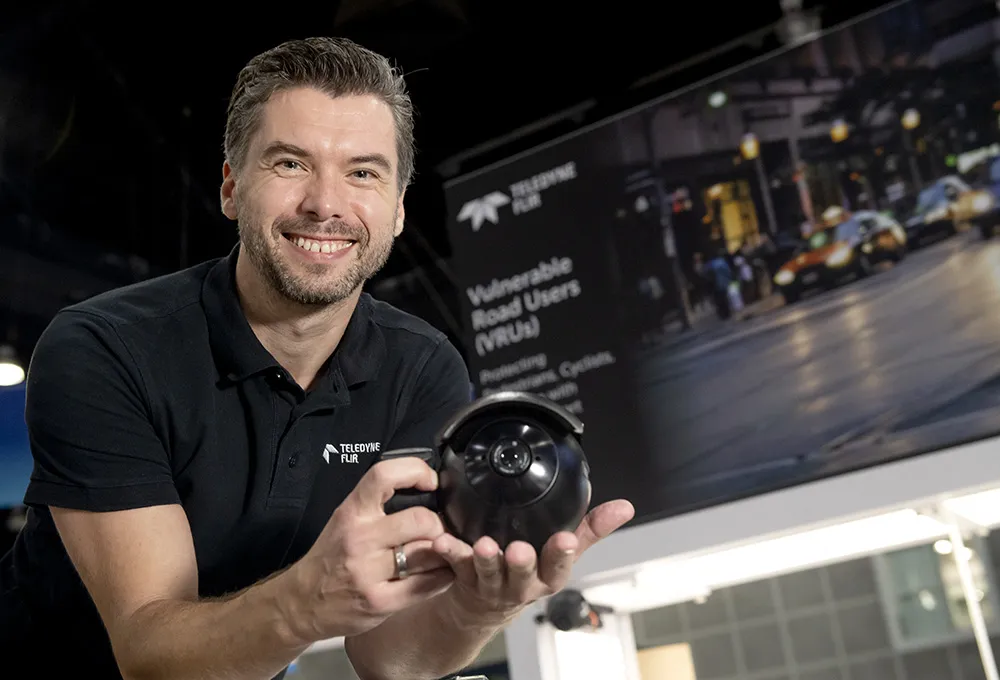
Traffic professionals and attendees can see how the solution has been proven to reduce wrong-way driving events by as much as 38%, according to the company based in Wisconsin.
Participants can ride inside a vehicle and experience the driver’s perspective in a simulated wrong-way driving event, observing LED-enhanced warning alerts and other functions performed by the system. Participants will then see the traffic manager’s perspective of a Tapco Wrong-Way Alert System as notifications arrive to a user’s screen via email, voice or text message, alerting the recipient of a wrong-way incident, explained Lindsay Lau, director of sales at Tapco. “More than 200 systems have been deployed across 17 states.”
System options include BlinkLink powered by Tapco software to collect real-time
data, capture wrong-way event images and send vehicle information to select recipients through email, text and voice notifications.
Integration can also be set up with local traffic management centres to proactively warn drivers via overhead message boards.
Booth 241










